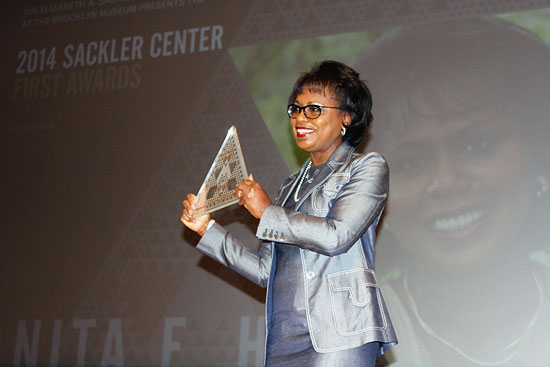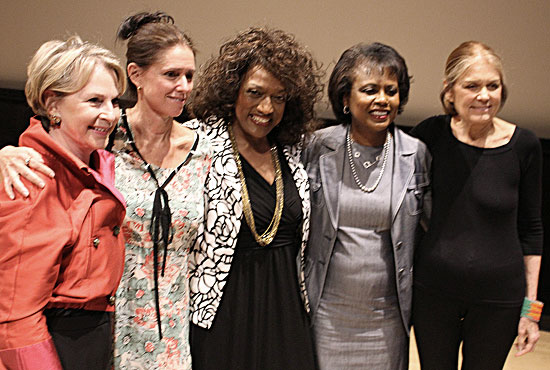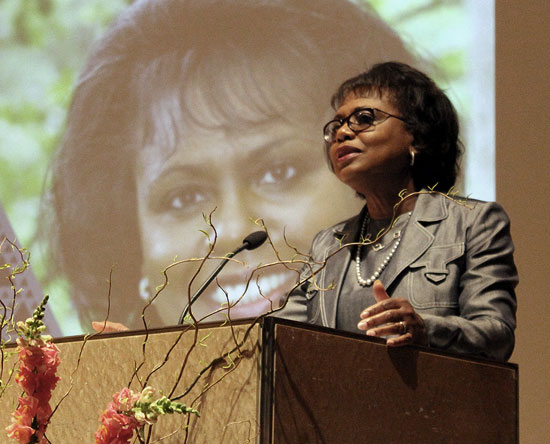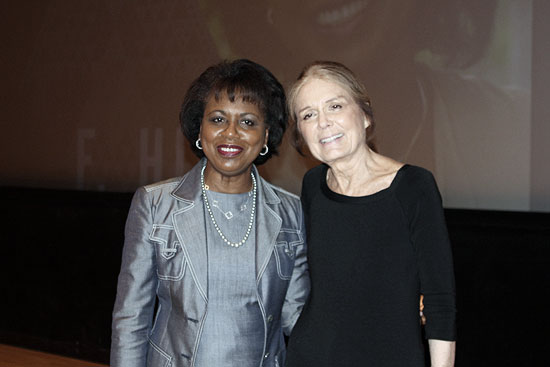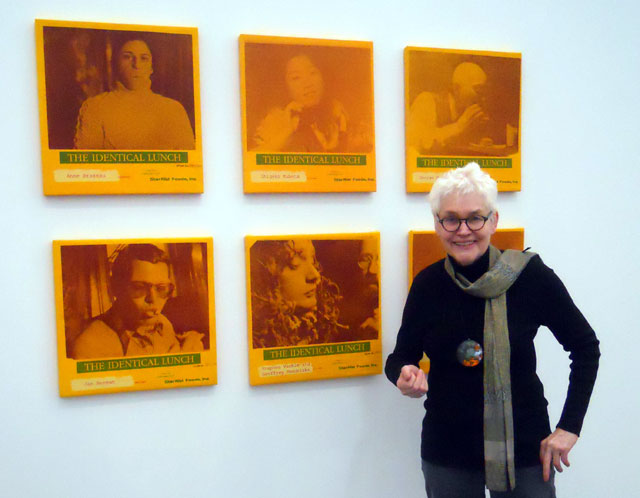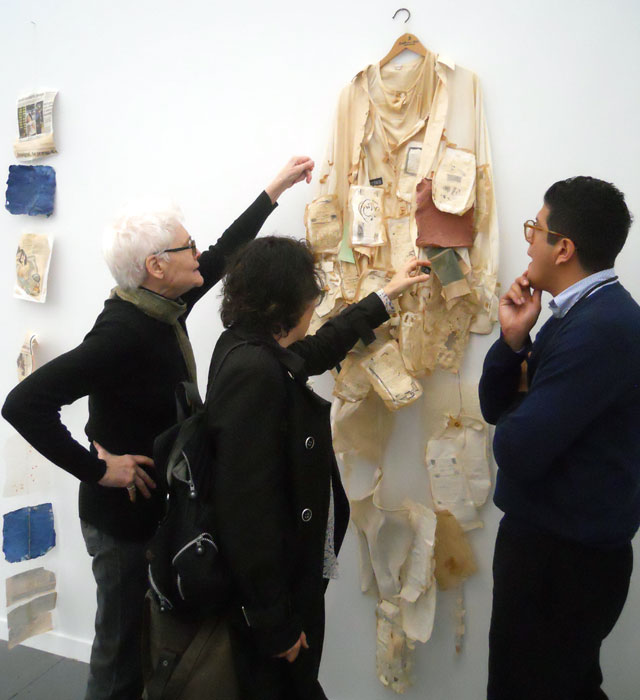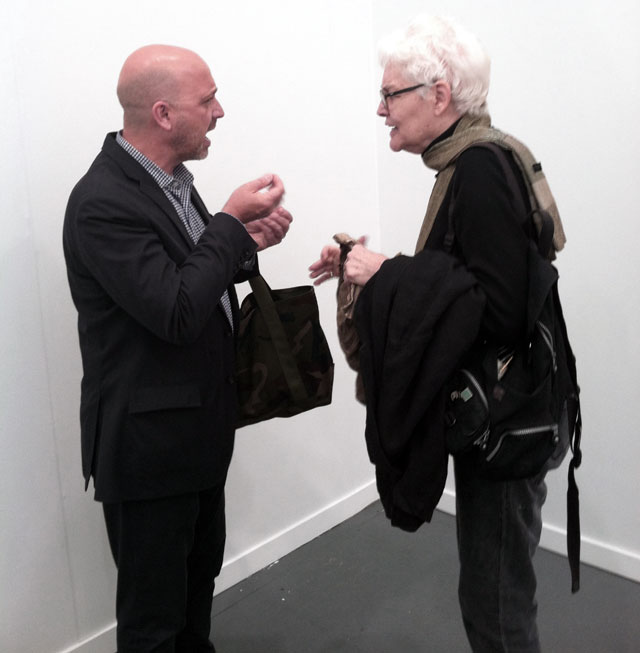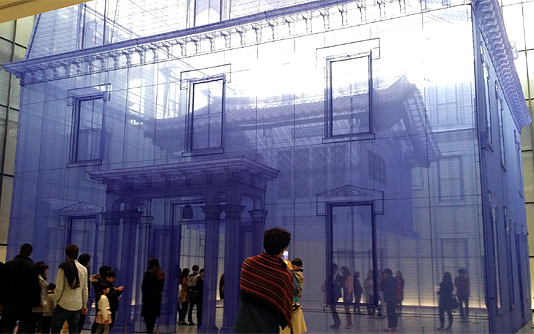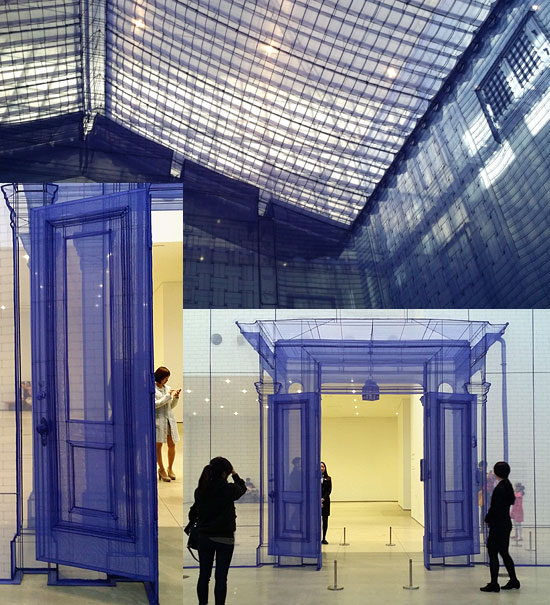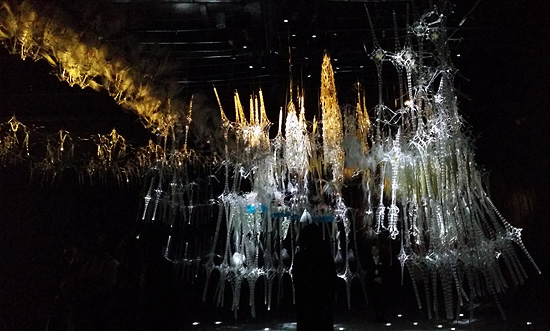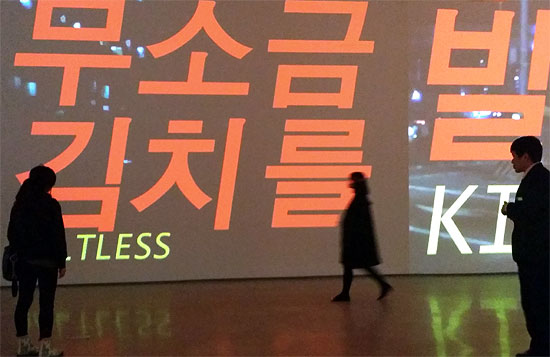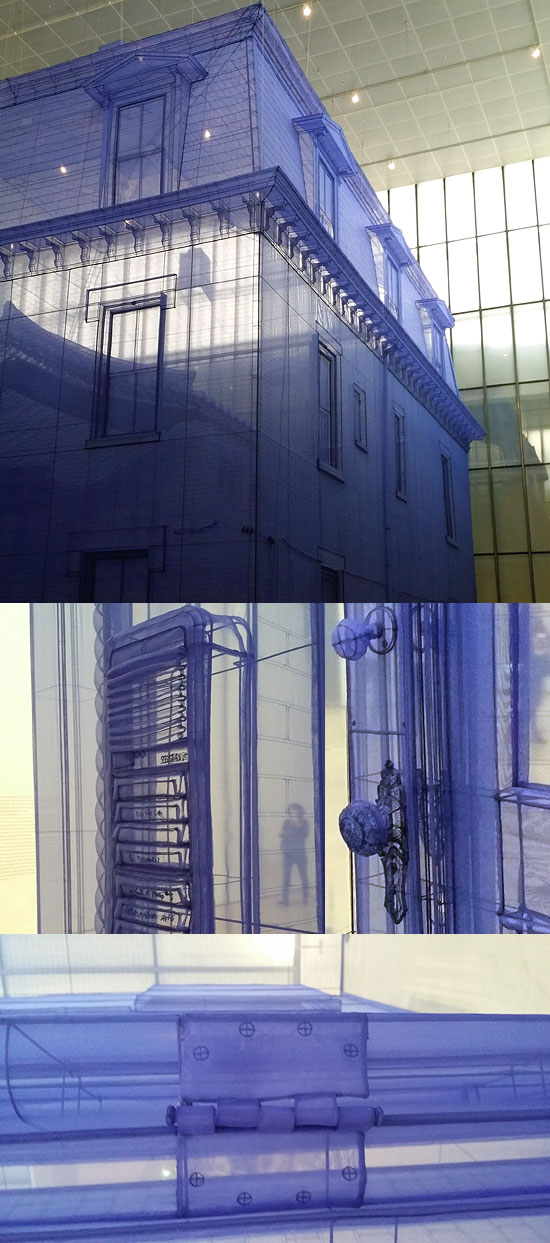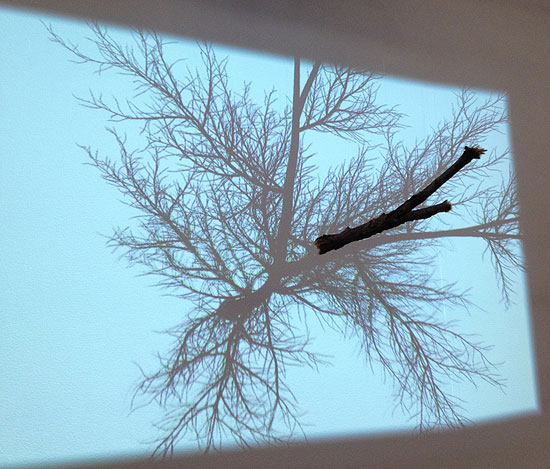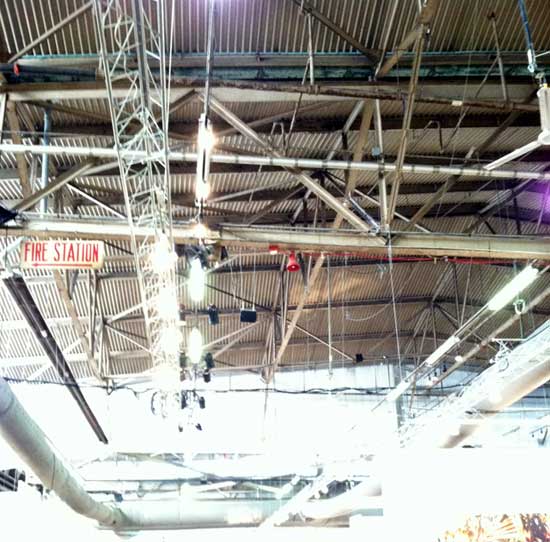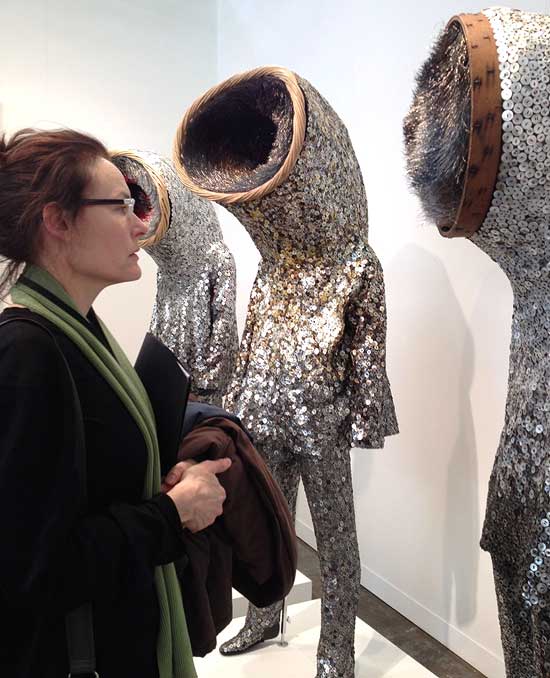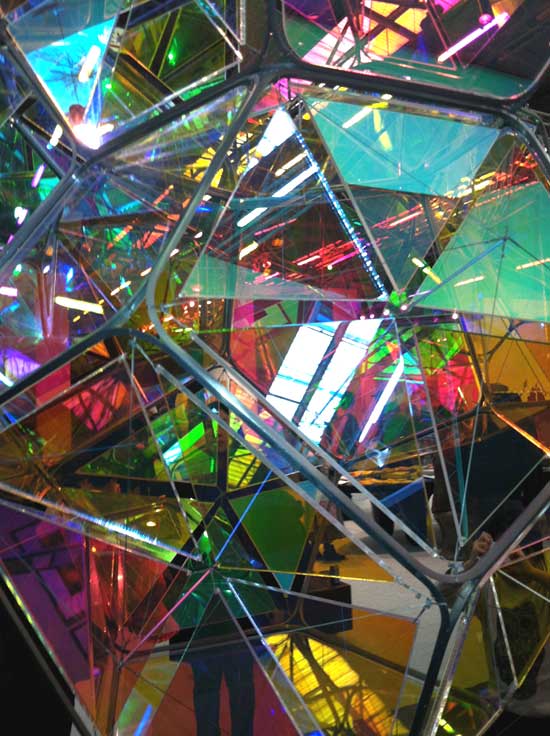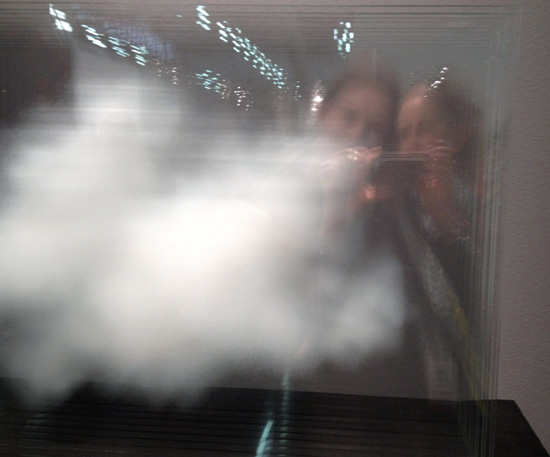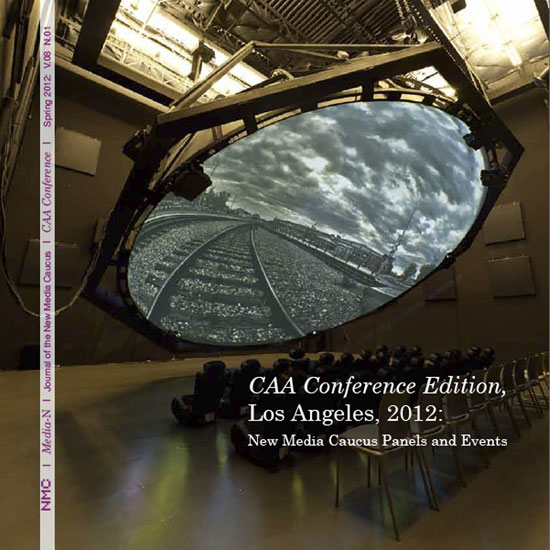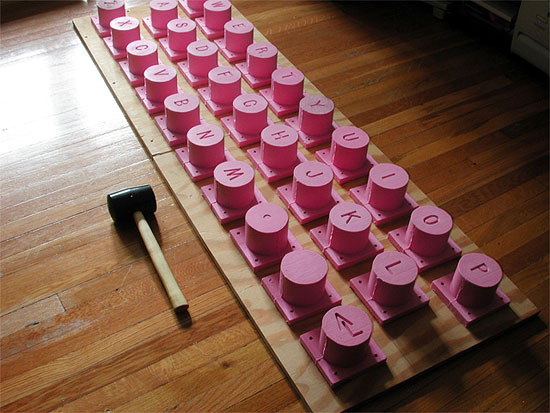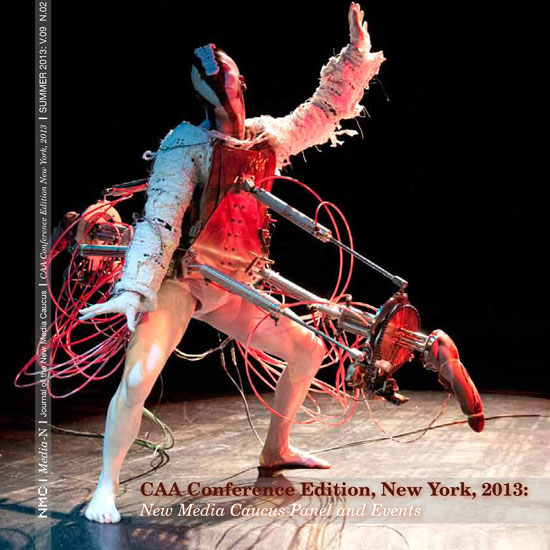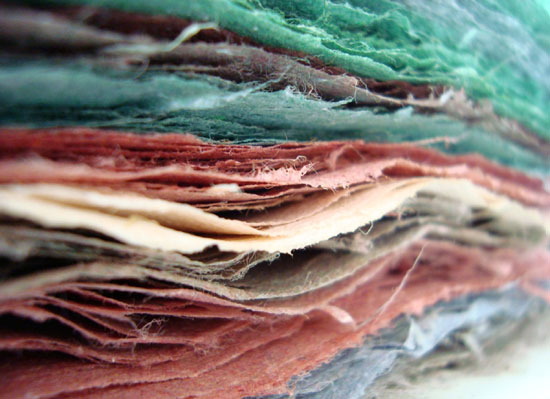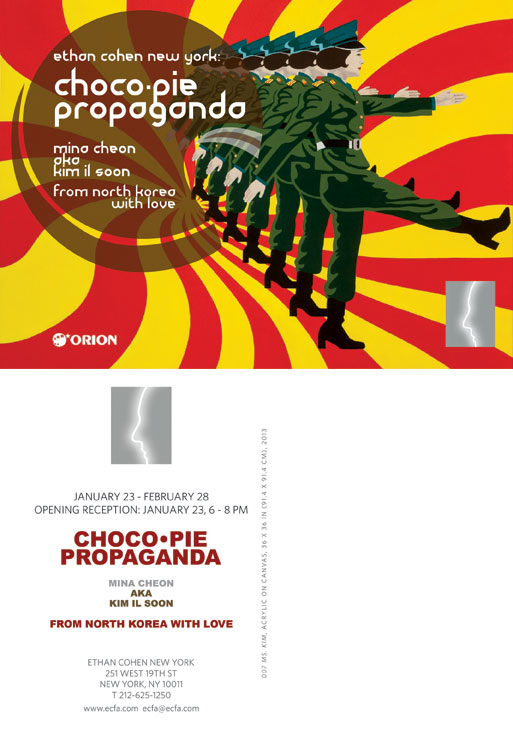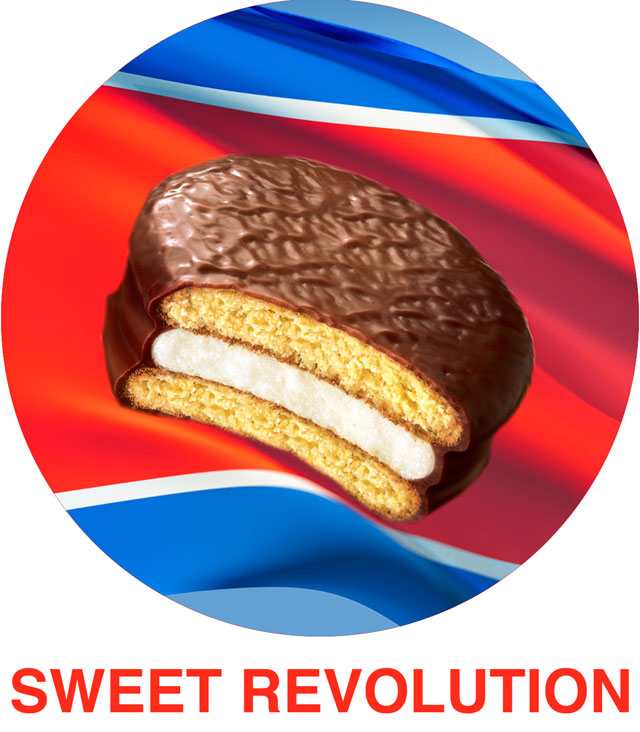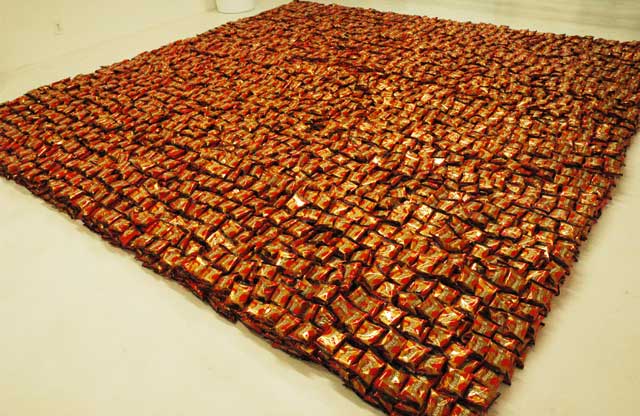Gloria J. Browne-Marshall
67th Festival De Cannes
For Leidi: My Journey to Cannes
May 24th 2014 – Cannes Film Festival
67th Festival de Cannes, May 24th 2014: Gloria J. Browne-Marshall interviews the director of “Leidi”, Simon Mesa Soto, about the universality of the film’s story. Ms. Browne-Marshall is seen and heard introducing Artist Organized Art and The Amsterdam News within the conference. She is the only journalist granted an interview at the press conference for Best Short Film.
For Leidi: My Journey to Cannes
Gloria J. Browne-Marshall
June 9th 2014
Gloria J. Browne-Marshall on the 67th Cannes Film Festival
Staying out of prison. That’s my response to those who wonder why I push myself, unmercifully. Keeping busy takes my mind off injustice. So, for now, that’s why I am in France. No sleep, torrential rain, trying to remember when to shift gears in my rented Renault. Terrified, this time I may have pushed too hard. Clutch.Gas.Brake. But, I refuse to end up a tragic tourist story crashed on the side of a French highway. “Focus on my goals,” I chide myself. “Not my problems.” My goal is to attend the 67th Cannes Film Festival.
I am a writer – one of 4,300 members of the media converging on Cannes for its Festival de Film. As I maneuver over a flooded highway, my refusal to buy extra rental car insurance seems masochistic. My cramped cold Delta Airlines flight from JFK airport to Nice has left me jet-lagged with only four hectic days to do Cannes. As trucks pull roadside surrendering to the weather, I repeat the words of the college boy-friend who taught me how to use a stick-shift on my rusty green Volkswagen Beetle. Clutch.Gas.Brake.
Since no one at Enterprise Car rental told me about needing change for a toll booth, I must back out of a toll stall restricted to trucks. Living in New York City has made me indifferent to the curses and angry hand gestures from truck drivers as I back out of the tollbooth. This 12-day Festival opened on May 14. I am late, as usual. Although I have been following France24 cable television news and internet live-streams of Cannes press conferences, no broadcast is the same as being there. And, I want to be there.
This year the Festival de Cannes is led by director Jane Campion, the first woman to preside over the Cannes jury, those selected to judge the films. In April, I watched her being introduced on the Festival’s internet channel. Campion, originally from New Zealand, won the Palme d’Or in 1993 for her film “The Piano,” a haunting story about a lonely man and his mute mail-order bride, and her daughter, who bring a piano into his rough and isolated world. Campion won an Oscar for Best Screenplay for that film.
I’m not really obsessed with celebrities or seeking star dust. I write about what I see. I am curious about the world, generally, and this celebration of all filmmaking, in particular. I have reviewed Broadway shows and movies. I write about social justice, law, and politics, as well as theater and film. Although I still cannot clearly articulate what possessed me to seek out Cannes, I feel the need to be here.
My French tutor assured me everyone would speak English. Fortunately, I did not believe him. My French is only workable even after years of classes. Upon entering the village of Cannes, where winding streets, miniature cars zipping around me, and a spotty GPS have me hopelessly lost, I decide to park. It’s the Boulevard Carnot, a main street with shops, pastel painted three story office buildings, apartments, and fruit stands, where I encounter Jose Furtado Lopes.
Jose is built small, with intensely sad brown eyes. I will find out he is a car mechanic, who grew up in Marseille, with parents from Cape Verde. A surprisingly large number of African-French reside in communities surrounding the exclusive village of Cannes. It is about 2pm. Jose understands enough of my version of French to assist me with directions that I cannot comprehend. But, with hand signals indicating he would not kill me, Jose jumps in my front seat and leads me, without incident, to my hotel, in the residential community of Le Cannet.
My hotel room, clean and safe, is definitely a three-star. It is designed with fuchsia shag carpet and silver lacquered furniture. But, an exceptionally guest-friendly front desk wins me over. After thanking Jose profusely, he disappears. I freshen up, changing into my go-to color: black. Frayed nerves will keep my rental car parked until I leave for the airport.
A public bus serves as my limo to the red carpet. As it descends into Ville de Cannes, I fear for nonchalant tourists drifting into pastry shops, hair salons, and pizza restaurants on either side of this narrow cobble-stone street. With my Henri Bendeltote bag weighed down by a handbag, documents, note pads, pens, business cards, snacks, make-up, and all other necessary detritus, I emerge from the bus into a swarm of tuxedoed beggars holding signs requesting theater tickets, weary filmmakers, movie fans, tourists snapping photos, and jean-clad journalists.
An image of the late Italian actor Marcello Mastroianni, taken from his role in Federico Fellini’s Palme d’Or winning film “8 1/2,” is the official poster, 50 ft. high, on the side of a theatre. He looks down playfully on the hordes strolling the Boulevard de la Croisette. They are taking photos of the tuxedo-clad paparazzi, bunched ten deep along the blazing red carpet, waiting hours for stars like Uma Thurman, Sophia Loren, and Quentin Tarantino to walk the red carpet and up the stairs to the Grand Theatre Lumiere.
Hundreds of perfectly coifed theater-goers, and their spectators, flow acrossthe boulevard toward the six theaters where films in competition for the Palme d’Or are being viewed. Metal dividers pen fans from the objects of their desire. Driving is nearly impossible in this constant stream of people.
Then, I see Jose in the crowd. Security is tight. Although he has changed clothes, my press credentials will not get him into the theater. Feeling guilty, I treat him to a late lunch. But, my mind is on the clock. After several attempts, my jumbled French hopefully explains that I am a correspondent covering the Festival, and not a tourist. Therefore, he cannot accompany me.
As Jose is absorbed back into the swirling crowd, I enter the glass doors beneath the massive poster of Marcello Mastroianni. Security guards, sharply dressed in matching tan-colored suits, look me over, check my bags, and wave a metal detecting wand in search of hidden cameras. Then, I am directed downstairs to receive my official press badge, materials, and film listing.
Within minutes, I’m seated on the front row, in plush red seats, watching a visual masterpiece ‘Color of the Pomegranate’ (Sayat Nova) by Sergei Parajanov (1968). I have ascended into Cannes. But, why? My reasons for seeking out Cannes still elude me.
Next morning, I’m up early, having slept surprisingly well. France is six hours ahead of New York. No breakfast. No time. On the bus, checking my list of films for the day, I circle everything and have access to little. Behind the Festival, yachts are docked side-to-side, bobbing on the Mediterranean Sea, the color of London blue topaz. But, that view will be there when the Festival is over.
With tickets, or invitations, scarce, positive rumors about a film mean disappointment for late-comers like me. Films such as “Mommy,” directed by 25 year-old Canadian Xavier Dolan and “Leviathan,” by Andrey Zvyagintsev or “Sils Maria” by Olivier Assayas, and Ryan Gosling’s directorial debut “Lost River,” are nearly impossible to see today.
So, I select short films (Courts Metrages). Arriving an hour early, I get first place in line. It is in the dark of the Salle du Soixantieme that I experience “Leidi” directed by Simon Mesa Soto, of Columbia. Leidi, pronounced ‘lady’ is an impoverished teen mother sent to the store to buy plantains, but won’t return home until she finds the father of her child. In Spanish, with subtitles, Leidi’s story is that of teen mothers – worldwide. Girls who gave their bodies to boys for fleeting love only to have his baby and begin a life-long search to get him back.
I was not a teen mother. But, Leidi’s story is churning something up inside my spirit. Simon Mesa Soto has brilliantly captured her longing and loss of freedom. This 16 minute film is somehow connected to why I spent so much time, money, and energy, travelling to Cannes. After I leave the theatre, standing on a balcony, under a bright blue sky, with a Mediterranean breeze blowing my list of films, Leidi stays with me.
Luckily, I am able to see “Jimmy’s Hall,” directed by Ken Loach, who is called the statesman of political cinema. Activist Jimmy Gralton is deported from Ireland for operating a nonreligious school for unemployed youth in an anti-communist 1930s Ireland. As a former civil rights attorney, this is my kind of film.
But, outside on the boulevard, speakers blast Michael Jackson’s lyrics, which in turn arouse an even larger crowd of star-watchers. The crowd pulsates with each star preening on that 30 foot wide red carpet of the Palais des Festivals leading up to the Grand Theatre Lumiere. Fortunately, the red carpet does not draw me as much as it does others. My gowns will go unworn, this time. All invitations to those films are gone.
On line at the Salle de Bunuel, I meet a reporter for “‘Time-Out’ Turkey” who predicts the 3 hour-long “Winter Sleep,” directed by Turkish filmmaker Nuri Bilge Ceylan, will capture the Palme d’Or. And, it does. I restrain myself from raising Turkey’s political turbulence or expressing my sadness over the miners killed there. I have found most writers for the popular press have little interest in politics. So, I, uncharacteristically, take selfies and exchange banal chit-chat about the weather.
Finally, I’m into a rhythm. Moving in and out of dark theatres, watching lives revealed on screen, sharing commentary with temporary companions on either side of velvety cushioned seats, such as filmmaker Nkazimbuta Kivoma Gerao (Gerome), from Angola, living in Paris, and Domitille Rivera, a resident of Cannes, originally from Italy.
In the theater, I am transported by Korea’s “The Target” (Pyo Jeok), a violent, but family-themed, martial-arts film about corrupt police, directed by Chang, to the 400 acre estate of John du Pont of “Fox Catcher” about the 1996 shooting of Olympian wrestler Dave Schultz, which earned Michael Bennett, American, the Cannes directing award. From Hungary’s “White God” (“FeherIsten”), by director Kornel Mundruczo, about dogs turning on their masters, winner of the Cannes award Un Certain Regard, to New York City and “The Disappearance of Eleanor Rigby” by Ned Benson.
Still Leidi haunts me. Then, in a twist of fate “Leidi” wins the Cannes award for best short film. Moments after the announcement of his award, director Simon Mesa Soto enters our crowded press room. French interpreters introduce him. My hand rose eagerly, I am granted the first, and only, question. Soto’s response to my question on the universality of Leidi’s quest only deepens this uneasiness within my spirit.
It is the story of a little girl, with a lifetime burden, searching for lost love. Soto said, “If I just tell her story, I will tell many things about my country [Columbia]….and Latin America, in general. “Members of the media congratulate me on my question. As I leave the press room, in deep thought, grateful for the experience, Soto’s words linger. I know an answer to my hungriness is in his film.
Awaiting “Lost River,” Ryan Gosling’s richly textured film, I meet Adrian Manzano, a director from New York whose film “Sex Love Salsa” is seeking distribution. His roots are Columbian. For him, “Leidi” represents the poverty used too often to depict life in South America. We commiserate. As an African-American woman, the Black experience is too often shown in terms of pathology absent the complexities of love, valor, and creativity, I know exists.
As the Festival winds down, I am spending my last hours in the sun. Putting my toes in the water, eating beachside, exploring the rather empty Bonnard Museum, but they all strengthen my nerve for an intrepid drive back to the airport. Clutch.Gas.Brake. Compared with the rainstorm that met me, the drive back was less harrowing.
In Manhattan, I find Leidi is still with me.I see her everywhere. She has always been with me. For I have freedom the Leidis of the world may never experience. I travel, break down barriers, and speak truth to power, for her, and so many like her.
For Leidi, I shall remain curious about a world she may never explore, and write about all that I am privileged to see.

Gloria J. Browne-Marshall is an award-winning writer, playwright, and constitutional law professor. “Race, Law, and American Society: 1607 to present” is one of her many books. “She Took Justice: 100 Black Women from Salem Witch Trials to the Civil Rights Movement” is a forthcoming book. Her recently completed stage-play is titled “CLASS.” She traveled to Cannes, France, as a correspondent for Artist Organized Art.
Email: Sweetwaterprod at hotmail.com Twitter: @GBrowneMarshall
The Short Film Palme d’Or (French: Palme d’Or du court métrage) is the highest prize given to a short film at the Cannes Film Festival. It is chosen by the same jury of the Cinéfondation.
The Cannes International Film Festival (French: Le Festival International du Film de Cannes or just Festival de Cannes), is an annual film festival held in Cannes, France, which previews new films of all genres, including documentaries, from around the world. Founded in 1946, it is the most prestigious and publicised film festival in the world. The invitation-only festival is held annually (usually in May) at the Palais des Festivals et des Congrès. The 2014 Cannes Film Festival took place between 14 May – 25 May 2014. New Zealand film director Jane Campion was the President of the Jury. http://www.festival-cannes.com/en.html
Press conference selections from the 67th Festival de Cannes, May 24th 2014. This year the jury ruled that the prize is to be shared between the most senior and the youngest directors.
